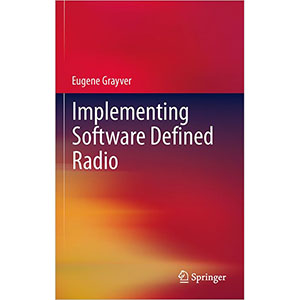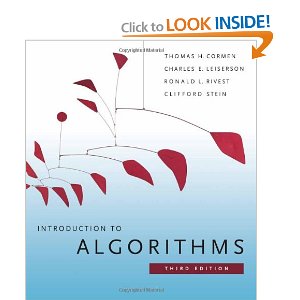Frequency Acquisition Techniques for Phase Locked Loops

How to acquire the input frequency from an unlocked state
A phase locked loop (PLL) by itself cannot become useful until it has acquired the applied signal’s frequency. Often, a PLL will never reach frequency acquisition (capture) without explicit assistive circuits. Curiously, few books on PLLs treat the topic of frequency acquisition in any depth or detail. Frequency Acquisition Techniques for Phase Locked Loops offers a no-nonsense treatment that is equally useful for engineers, technicians, and managers.
Since mathematical rigor for its own sake can degenerate into intellectual “rigor mortis,” the author introduces readers to the basics and delivers useful information with clear language and minimal mathematics. With most of the approaches having been developed through years of experience, this completely practical guide explores methods for achieving the locked state in a variety of conditions as it examines:
- Performance limitations of phase/frequency detector–based phase locked loops
- The quadricorrelator method for both continuous and sampled modes
- Sawtooth ramp-and-sample phase detector and how its waveform contains frequency error information that can be extracted
- The benefits of a self-sweeping, self-extinguishing topology
- Sweep methods using quadrature mixer-based lock detection
- The use of digital implementations versus analog
Frequency Acquisition Techniques for Phase Locked Loops is an important resource for RF/microwave engineers, in particular, circuit designers; practicing electronics engineers involved in frequency synthesis, phase locked loops, carrier or clock recovery loops, radio-frequency integrated circuit design, and aerospace electronics; and managers wanting to understand the technology of phase locked loops and frequency acquisition assistance techniques or jitter attenuating loops.
Table of Contents
1. Introduction
2. A Review of PLL Fundamentals
3. Simulating the PLL Linear Operation Mode
4. Sideband Suppression Filtering
5. Pros and Cons of Sampled Data Phase Detection
6. Phase Compression
7. Hard Limiting of a Signal Plus Noise
8. Phase Noise and Other Spurious Interferers
9. Impulse Modulation and Noise Aliasing
10. Time and Phase Jitter, Heterodyning, and Multiplication
11. Carrier Recovery Applications and Acquisition
12. Notes on Sweep Methods
13. Nonsweep Acquisition Methods
14. AM Rejection in Frequency Detection Schemes
15. Interfacing the Frequency Discriminator to the PLL
16. Actual Frequency Discriminator Implementations
17. Clock Recovery Using a PLL
18. Frequency Synthesis Applications
19. Injection Pulling of Multiple VCO’s as in a Serdes
20. Digital PLL Example
21. Conclusion
Book Details
- Hardcover: 224 pages
- Publisher: Wiley-IEEE Press (October 2012)
- Language: English
- ISBN-10: 1118168100
- ISBN-13: 978-1118168103














